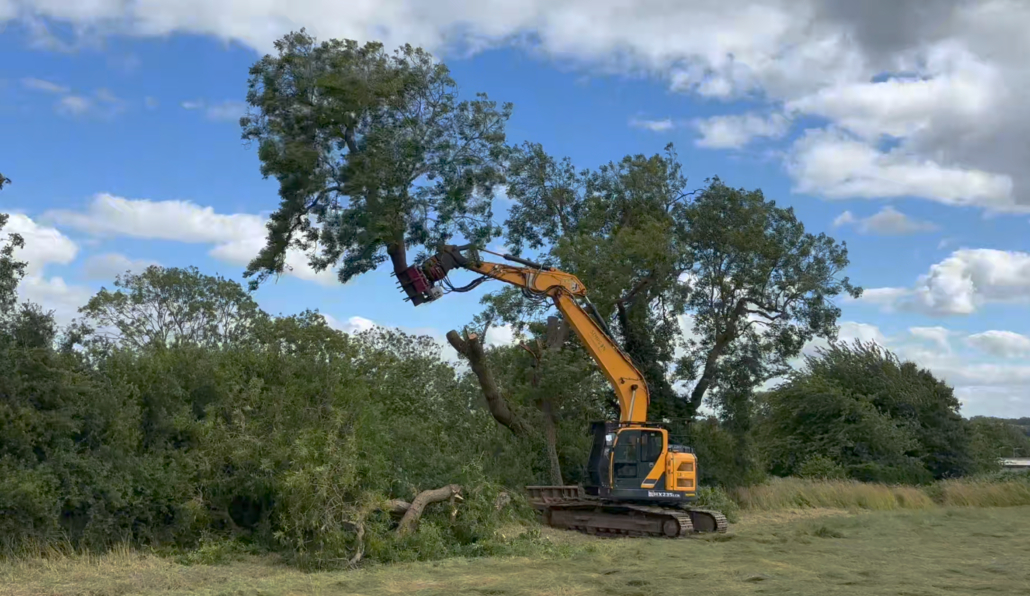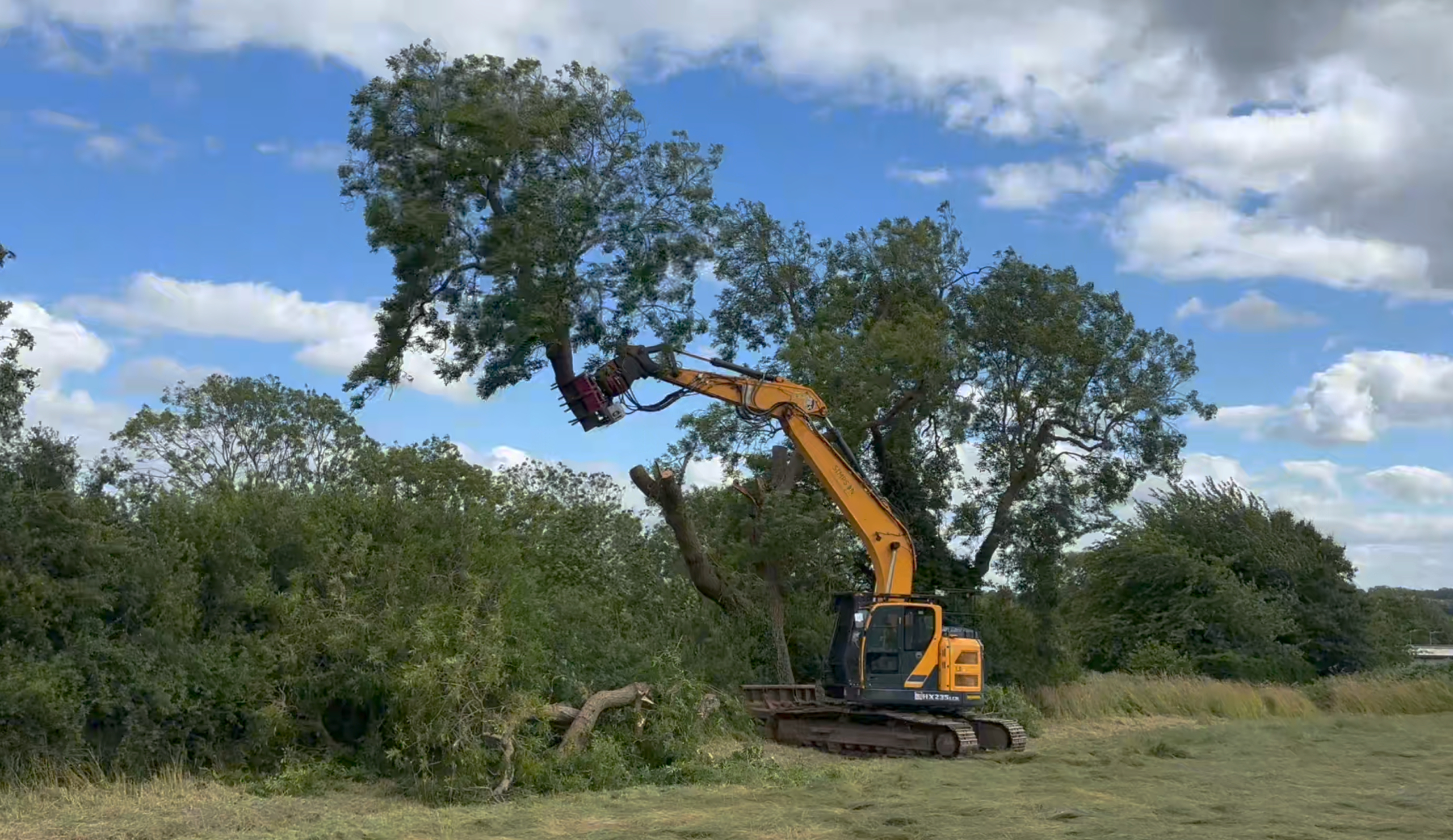Ash dieback: what landowners need to know
Ash dieback is a serious disease affecting ash trees across Europe. It is caused by the fungus Hymenoscyphus Fraxineus and can have a detrimental effect on this species of tree. It can lead to symptoms such as leaf loss, crown dieback and often decline or death of the tree. That’s why it is imperative for landowners to be aware of the implications of ash dieback, both for the health of your trees and the safety of those around you.
Our team at Simpson Arboriculture are knowledgeable and experienced in assessing and carrying out work on trees with ash dieback. Our approaches vary widely depending on the scale of the decline and the location of the tree. Trees are essential for a thriving environment and not all trees that have ash dieback need to be removed. We consider a range of factors to determine the best approach in managing ash dieback.
Ash dieback: landowner responsibilities
- Identification and monitoring. It is important to inspect ash trees regularly and monitor any decline or signs of dieback. This can include blackened leaf stems, wilting leaves and dead branches.
- Documentation. It is helpful to keep records of any of your ash trees you have concerns about. E.g., in the form of dated photos and observations. These can be useful to compare over time, especially if you are concerned that a tree is showing signs of decline.
- Consult a professional. We would always recommend speaking to a professional, such as our experienced team at Simpson Arboriculture. We can identify signs of ash dieback and offer advice on an appropriate course of action.
Ash dieback: public safety
Trees weakened by ash dieback can pose a risk of failing. Dieback can severely affect the stability of the tree. Even if a tree looks stable from the outside, it can still behave unpredictably. Trees with ash dieback are at a higher risk of falling or having limbs or branches break. Public safety is of the utmost importance and landowners should consider the following points:
- Risk assessment. Conducting regular risk assessments or having a professional arborist do so for you is important. This is particularly true if your trees are close to paths, roads, buildings and public spaces.
- Preventative action. Sometimes, removing certain branches or reducing the crown of the tree can mitigate potential hazards.
At Simpson Arboriculture, we have machinery such as MEWPs, excavators and our tractor. These can be used when a tree is not safe for our arborists to climb. It is recommended that trees with ash dieback are sectionally dismantled rather than felled. This is because ash dieback can affect the structural integrity of a tree, making them highly unpredictable. This is a great way to ensure that the job is carried out with safety as the first priority.
Ash dieback: legal considerations
- Duty of care. As a landowner, you have a legal duty to ensure that trees on your property do not pose a danger to others.
- Regulations and permissions. Check with your local authority regarding any conservation areas or Tree Preservation Orders (TPOs). This might mean that you are required to submit an application to apply for permission before having any tree work carried out.
- Wildlife protection. It’s also important to be aware of laws for wildlife protection. For example, some activities may need to be restricted during certain times of the year due to nesting birds.
Ash dieback: protecting wildlife
As with many native species, ash trees provide an abundant habitat for a range of wildlife including birds, insects and fungi. Therefore, both tree owners and arborists need to consider the impact on wildlife and works planned accordingly.
For example, you may choose to leave an ash tree that is in decline but well away from any roads, paths or public spaces may be left if it has good habitat potential. Alternatively, if an ash tree must be removed for safety purposes, the landowner may consider leaving the stem as a ‘habitat pole’ so it can still provide a habitat for some wildlife.
Trees absorb a huge amount of carbon from the atmosphere. As ash trees are the second most abundant tree species in the UK after oak trees (Department for Environment, Food and Rural Affairs, June 2019), they are not only an important part of our landscape and environment, but essential in combatting climate change.
Ash dieback: when to take action
Early stages. Monitor and document the health of your ash trees, or ask a trusted arboricultural professional. Minor infections may not require immediate action, but changes should be monitored annually.
Advanced infection. Trees showing multiple signs of ash dieback, e.g., dead branches and structural issues, should be assessed by a professional. Pruning or removal of certain branches or limbs may be required to prevent future risks.
Preventative measures. In busy public areas with lots of infrastructure, proactive removal of infected trees may be advised to prevent future risks.
Conclusion
To conclude, it is imperative for landowners to be aware of their role and responsibilities in managing ash dieback. Landowners have a duty to monitor and identify the signs of ash dieback and consult a professional arborist for further advice if they are concerned. You can also refer to A Farmer’s Guide to Ash Dieback for further information.
Simpson Arboriculture are a professional and trusted local tree surgery company based in Ancaster, Lincolnshire. With over 18 years’ experience, we have gained a great reputation for carrying out all areas of tree work safely and efficiently.
If you are concerned that your trees may be showing signs of ash dieback, you can get in touch with us via our enquiry form on our website, or you can give us a call in the office.
References








